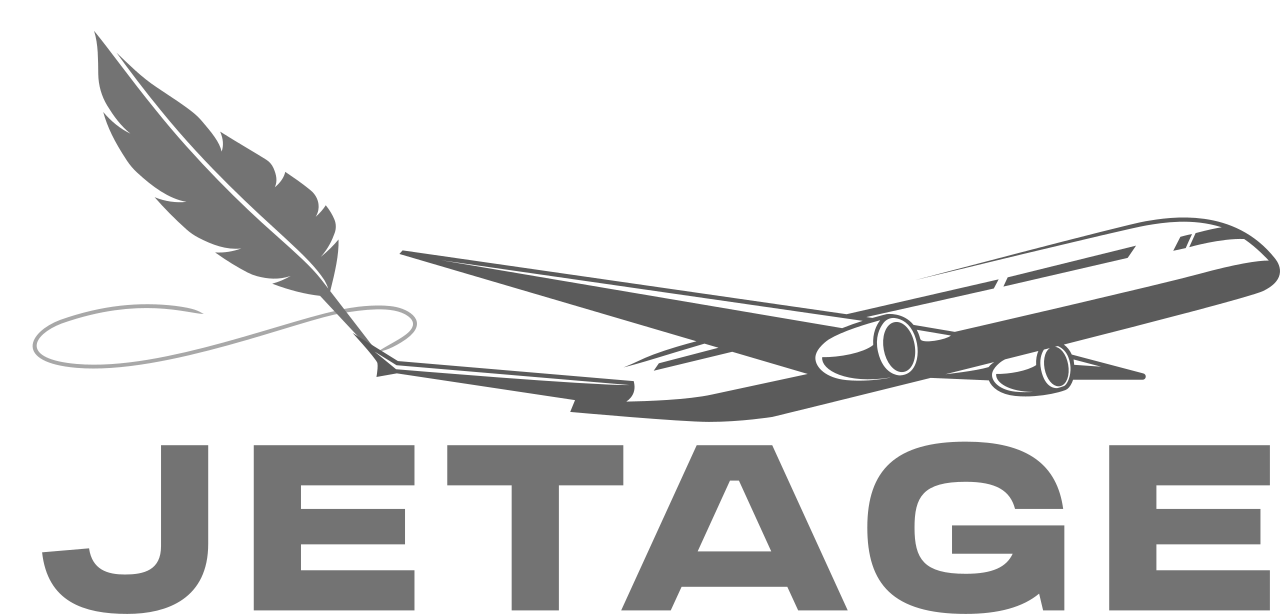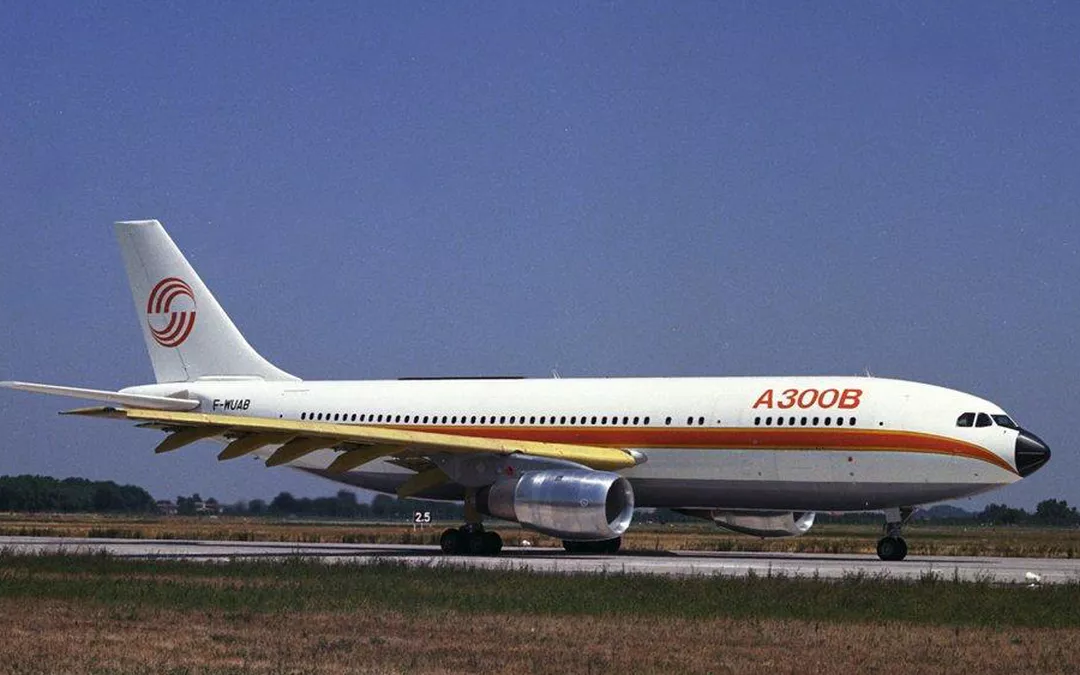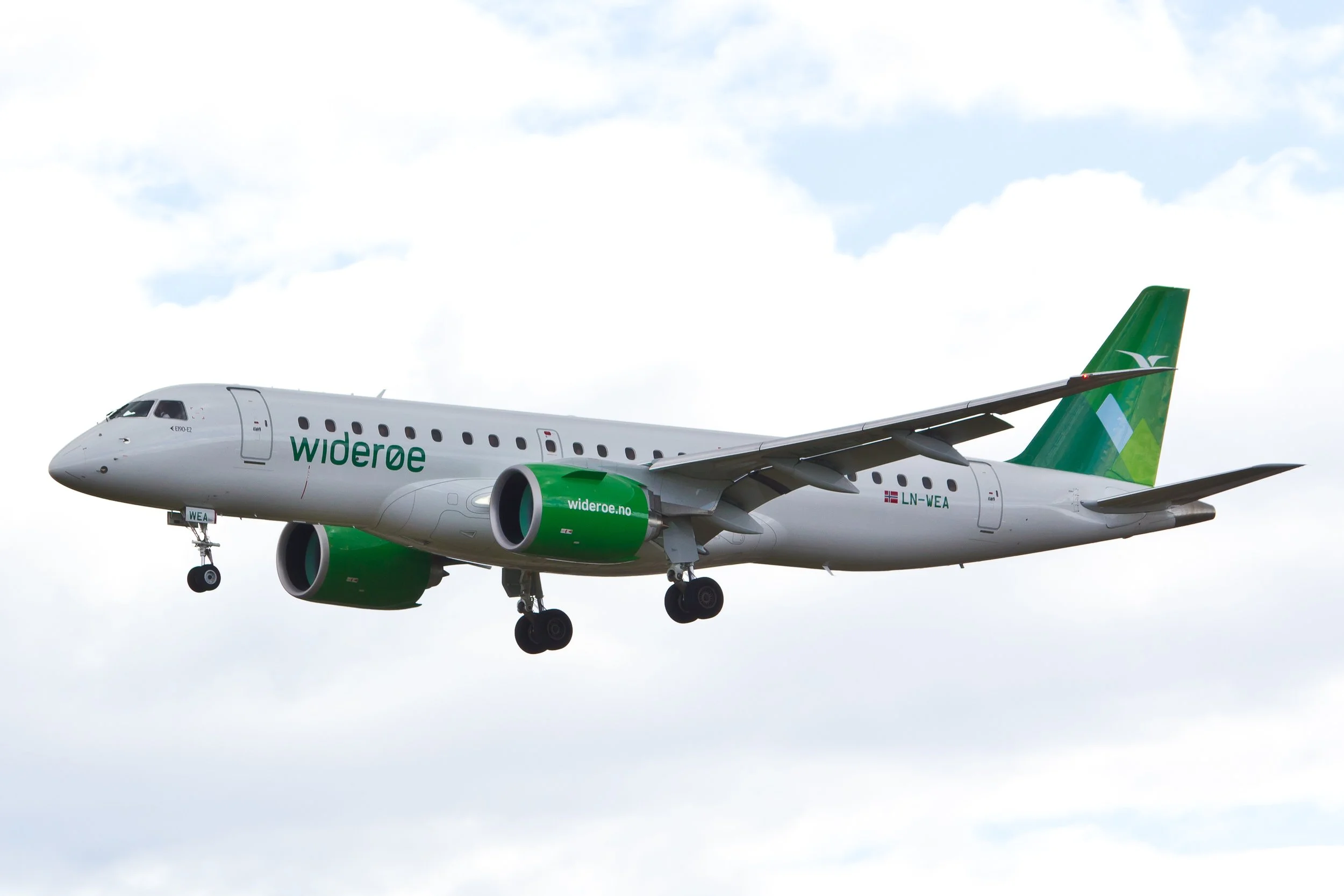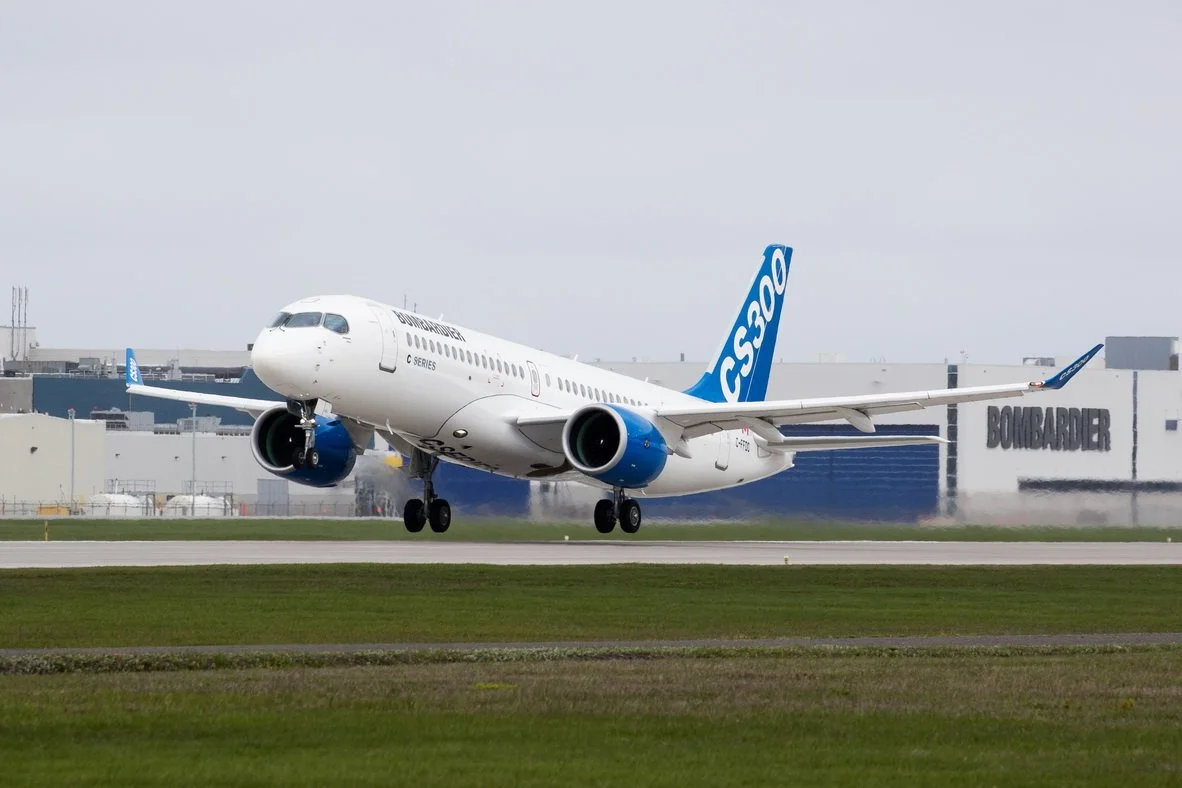Wings of Dispute: Birth of the Airbus A220
In the high-stakes world of commercial aviation, battles are rarely fought in the skies alone. Some of the fiercest dogfights take place in courtrooms, trade tribunals, and behind closed boardroom doors. Few stories illustrate this better than the clash between Boeing and Bombardier, a dispute that began as a challenge to fair pricing and ended up rewriting the global aircraft market. The results of this legal challenge for Boeing would be damning. It catapulted Bombardier’s C Series straight into the hangar of their biggest rivals, Airbus, turning a defensive, bullish strike into an own goal, exposing not only Boeing’s failure to read the market, but also the perils of using legal muscle in place of meaningful innovation.
Boeing set the standard for jet travel, pioneered long-haul routes, and built a reputation for innovation and reliability that left little room for serious challengers. Rivals came and went, but none could match its scale, reach, or engineering pedigree. They remained unchallenged for decades. That changed in 1970, when a European consortium, Airbus, was formed with one goal: to challenge American hegemony in the skies. Backed by the governments of France, Germany, Spain, and the UK, Airbus emerged not just as a company, but as a symbol of European industrial ambition. Its first aircraft, the A300, was modest in impact. But by the 1980s and 90s, Airbus had matured into a genuine competitor. The rivalry that developed was more than commercial. It was political, nationalistic, and ideological. Whilst Boeing represented American aerospace might and free-market capitalism, Airbus embodied European cooperation and state-backed industrial policy.
Airbus entered the market through its A300 which took its maiden flight in 1972
Industry analysts estimate that in 2017, approximately 80% of the total global jet fleet was made up of Boeing and Airbus planes. The roughly 20% remaining was made up of smaller manufactures: the Brazilian maker Embraer and the Canadian manufacturer Bombardier. This overwhelming dominance speaks not just to their engineering capabilities, but to a decades-long duopoly that has shaped the very structure of the commercial aviation industry. Airlines around the world build their fleets around Boeing and Airbus models, and the two manufacturers compete fiercely across every segment, from narrow-body to long-haul wide-body aircraft.
Yet despite their global dominance, both Boeing and Airbus repeatedly failed to capture one crucial segment of the market: small, short-haul planes. Airports with steep approach angles, strict noise restrictions and short runways rely on smaller planes to continue operation, whilst airlines value them for their operational efficiency, low operating costs and flexibility to serve regional routes profitably. Yet, when Airbus attempted to break into this market through their A318, they only managed to sell 80 of them, and as of 2025, there are only 20 still in service. Boeing’s attempt with the 717 fared little better, with a mere 156 sales before production quietly ended. This was a market the two giants just could not crack. Rather, this niche has been tightly held by Bombardier and Embraer, who have spent years mastering the demands of the small, yet rewarding market of regional and small-capacity jets.
Embraer’s E-Jet family (E190 E2 pictured above) is a popular choice for airlines after smaller planes
In a bold move to cement its place in the global aviation market, Bombardier launched the C Series programme in 2007, an attempt to disrupt the space that Airbus and Boeing had failed to conquer. Designed from the ground up, the C Series was no ordinary regional jet. With composite materials, cutting-edge aerodynamics, and ultra-efficient high-bypass engines, it promised the performance of a large jet in a smaller, sleeker package. For airlines, it offered unmatched fuel efficiency and operational versatility. For passengers, a quieter, more comfortable ride. For pilots, a modern cockpit fitted with advanced avionics. Even visually, it boasted a sleek, modern profile. By all means, the C Series was an incredible aircraft. Yet, development delays pushed its entry into service from the planned 2014 to 2016, straining Bombardier’s finances to the brink. At one point, the C Series programme, and the entire company itself, was on the verge of collapse, surviving only through substantial financial lifelines from the Canadian and Quebec governments. Still, despite the turbulence, the C Series emerged as one of the most advanced and efficient small jets the market had ever seen.
Bombardier’s C Series had all the makings of a desireable, modern plane
As remarkable as the C Series was, its fate hinged on a single question: could it crack the American market? Early orders from European carriers like Swiss and airBaltic were promising, but they were not enough to sustain the programme. Bombardier knew that without a major U.S. airline on board, the C Series would struggle to survive. So, in a high-stakes gamble, it struck a deal with Delta Air Lines, one of the world’s largest and most influential carriers. In 2016, Delta agreed to purchase 75 C Series jets for just $20 million each, a staggering discount from the aircraft’s $80 million list price. This was mutually beneficial. For Delta, it was a steal, acquiring cutting-edge jets at an unbeatable price. For Bombardier, it was a much needed strategic breakthrough, a foot in the door to the most important aviation market on earth. But there was a problem. The deal was not just aggressive. It was, by trade laws, illegal.
The move amounted to ‘dumping’, an illegal practice where a company sells a product below its production cost to gain market entry or eliminate competition. In this case, Bombardier was selling planes for $10 million less than what it cost to build them. Boeing, already wary of the C Series' potential to undercut its sales, saw this as a direct threat to its 737-700 line. They claimed that the C Series being dumped in the American market would hinder the sales of their 737s, arguing that the C Series was a direct competitor to a plane they already produced. This was however, not entirely true. The two aircraft were not true equivalents. Delta itself stated that the 737-700 did not meet the same operational needs as the C Series. Boeing had not lost a customer. It had never had one. Yet, Boeing positioned the deal as a clear case of unfair competition. In 2017, Boeing filed a formal petition with the U.S. Department of Commerce, alleging that Bombardier had engaged in illegal dumping. Their goal was not merely to seek compensation, but to make the C Series commercially unviable in the U.S. market, its most critical battleground. The Department conformed brutally by imposing a monumental 300% tariff on the C Series under the Tariff Act of 1930, enough to price it out of the U.S. market entirely. For Bombardier, it was a devastating blow. The very deal meant to save the programme now threatened to destroy it.
Consequently, regardless of how many sales Bombardier could make elsewhere, their prized C Series would never be able to break into the vital US market which it needed to succeed. The decision sparked outrage in Canada and the United Kingdom. Bombardier was a crown jewel of Canadian industry. Its Belfast plant in Northern Ireland, where the C Series wings were manufactured, employed thousands, a politically sensitive issue given the Brexit dynamics at the time. The UK’s Prime Minister, Theresa May, warned of a “bitter dispute” if British jobs were lost. Thus, the C Series became a pawn in a broader game of trade diplomacy and legal brinkmanship.
Just as the future of the C Series hung in the balance, salvation came from an unlikely source. Airbus. On 16th October 2017, Bombardier announced that Airbus would acquire a 50.1% stake in the C Series programme, for absolutely nothing. It was a masterstroke. For Bombardier, the partnership brought instant credibility, access to Airbus’s powerful marketing machine, global customer base, and the weight of a name that commanded far more respect in the industry. For Airbus, it was a golden opportunity. A state-of-the-art jet, already developed and certified, added to their fleet without spending a penny on research and development. The C Series would also be rebranded as the Airbus A220, aligning it with Airbus’s established naming convention and seamlessly integrating it into their existing product family. But beyond the branding and business synergy, there was a legal nuance that changed everything.
Airbus had a final assembly line in Mobile, Alabama, a U.S. production facility that meant future C Series jets destined for American carriers could be assembled in America. That single detail rewrote the rules. The aircraft would now be classified as American-made, effectively bypassing 300% tariff that had threatened to bury the programme, which now no longer applied. In one move, Airbus not only rescued the C Series, they outmanoeuvred their bitter rivals Boeing on its own turf.
The C Series was rebranded to the Airbus A220, making it now part of Airbus’s fleet
In a bid to crush a rising competitor, Boeing inadvertently handed its biggest rival a plane it could not compete with on a plate. Without spending a single penny, Airbus inherited the C Series, now the A220, a jet that fills a gap Boeing has repeatedly failed to address. What was meant to be a show of strength instead exposed Boeing’s insecurity and short-sightedness. The C Series was never a true threat to the 737-700, yet Boeing’s decision to target Bombardier with punitive trade action turned a manageable competitor into a far greater one. Today, the A220 is carving out a stronghold in the very market Boeing tried to guard. The lesson is stark: in trying to bury innovation through legal force, Boeing ended up fuelling it, and arming its fiercest, bitter rival in the process.




